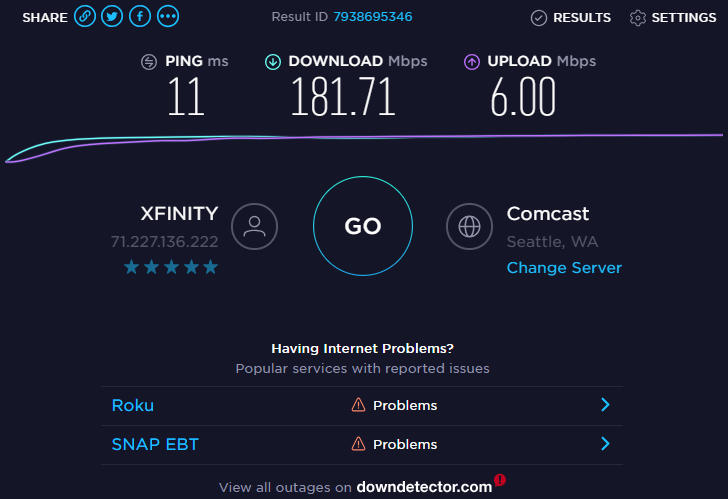
To boost capacity, 2.5 GHz 5G-capable radios will be overlaid on existing T-Mobile sites, and over time, the existing PCS radio equipment will be reconfigured to support additional PCS spectrum coming from Sprint.

This will address the existing capacity demand and expedite the process of allocating most of the 2.5 GHz spectrum assets to 5G NR. The new T-Mobile will build an LTE layer on a denser cell site grid using Sprint and T-Mobile PCS spectrum synergies in combination with T-Mobile’s 600 MHz, 700 MHz and AWS holdings. Capitalizing on spectrum synergiesĪccording to the consent decree with the DOJ, T-Mobile will keep Sprint’s entire 2.5 GHz and PCS spectrum portfolio, which will be integrated when the deal is finalized. We’re taking a fresh look at what coverage and spectrum would look like in response to the DOJ’s proposed deal. Additionally, the settlement declares that both operators must deploy high-quality 5G networks for the benefit of American consumers. The DOJ’s settlement comes with stipulations, however, including divesting Sprint’s prepaid business and some spectrum holdings to DISH so that a viable fourth nationwide competitor can enter the market.

Department of Justice (DOJ) officially cleared the merger between T-Mobile and Sprint, joining the FCC in support of the deal, and bringing the merger one step closer to closing.


 0 kommentar(er)
0 kommentar(er)
